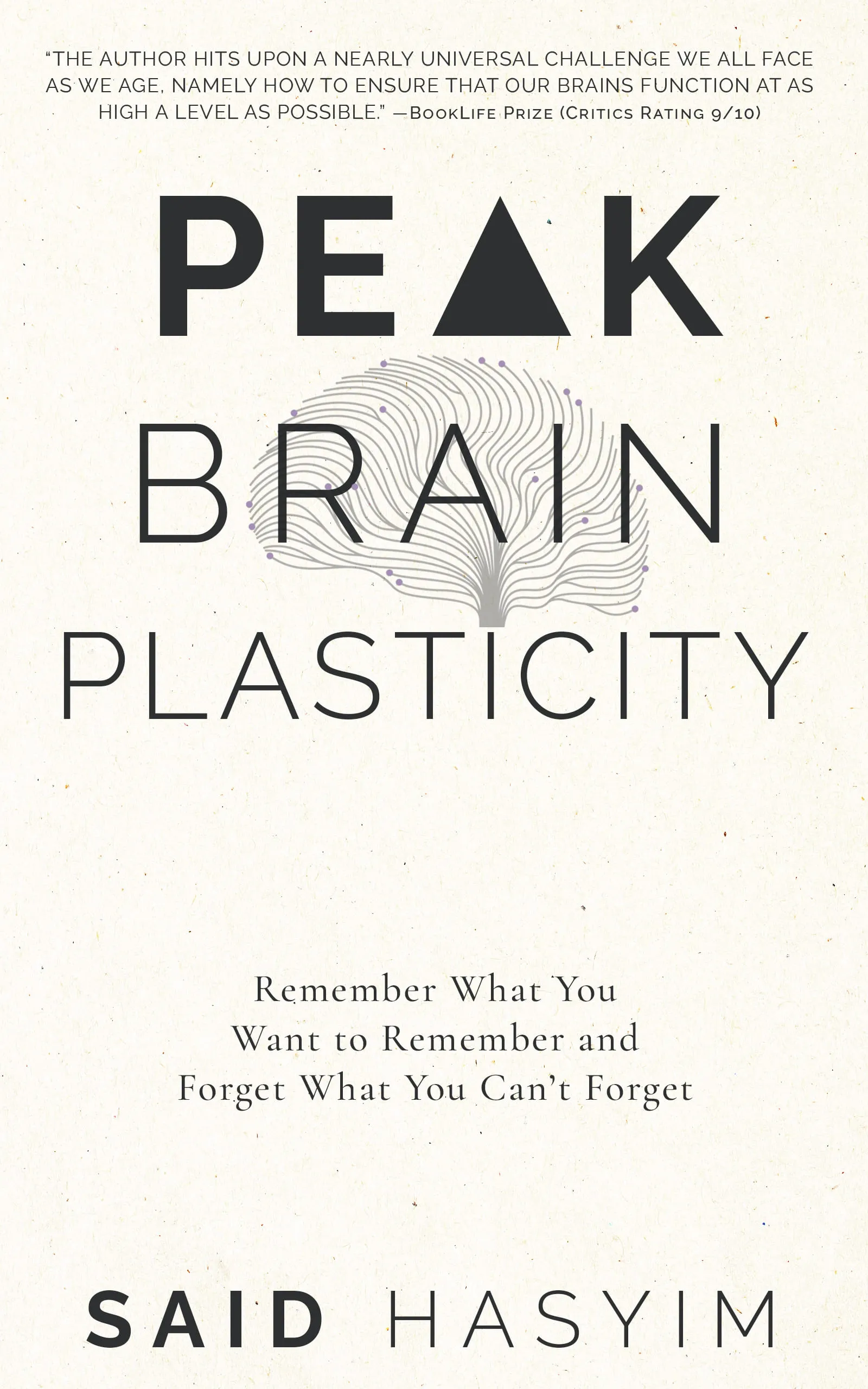How Patterns Can Enhance Memory Recall
Memory is an intricate weave of connections, thoughts, and experiences, and understanding how to enhance it can be the key to better learning, retention, and recall. One of the most effective strategies for improving memory is through patterns. By recognizing and utilizing patterns, we can create stronger neural connections in our brains that facilitate easier retrieval of information. In this blog post, we will explore how patterns can enhance memory recall and offer practical strategies for implementing them in your everyday life.
Understanding Memory
Before diving into the role of patterns, it's essential to understand how memory works. Memory can be divided into three main stages:
- Encoding: The process of taking in information.
- Storage: The management and organization of information for later use.
- Retrieval: The act of recalling stored information when needed.
Memory is influenced by various factors, including attention, emotion, and context. However, one of the most powerful tools for improving memory recall is our ability to recognize and create patterns.
The Science of Patterns
Our brains are wired to recognize patterns. This evolutionary trait helps us make sense of the world around us, identify risks, and navigate complex environments. When we learn to see connections and relationships between concepts, we establish a framework which can make information more manageable and memorable.
1. Chunking
One of the first techniques involving patterns is chunking. This method breaks down complex information into smaller, more manageable units or "chunks." For example, when trying to remember a long string of numbers (e.g., 149216172535), it may help to group them into chunks, like this: 1492 - 1617 - 2535. By organizing the information into recognizable patterns, we reduce cognitive load and enhance our ability to recall the information later.
2. Associations
Creating associative patterns can also aid memory recall. Associating new information with something familiar can help embed it in our memory. For example, when learning a new language, you might associate a new word with a similar-sounding word in your native language or picture a vivid scenario that illustrates its meaning. These mental links leverage existing memories to fortify new ones, making them easier to access.
3. Visual Patterns
Visual patterns can have a significant impact on memory recall. Our brains process images faster than text and tend to remember visual information better. Utilizing diagrams, mind maps, or even infographics can create visual patterns that enhance understanding and retention. For instance, if you're studying a historical timeline, drawing it out visually can help you see connections and cause-effect relationships that are much harder to grasp from a mere list of dates.
4. Rhymes and Alliterations
Rhyme and alliteration are effective mnemonic devices that take advantage of linguistic patterns. Think of how easily you remember lyrics to a song or jingles from advertisements. These patterns create a rhythm that makes the information more engaging and easier to recall. Crafting your content into a rhythmic version can help solidify the material in your memory for longer durations.
5. The Memory Palace Technique
The Memory Palace, or method of loci, is a classic mnemonic strategy that relies heavily on spatial and visual patterns. The technique involves visualizing a familiar space (like your home) and placing pieces of information you want to remember within that environment. When you need to recall the information, you mentally walk through the space, picking up the items you’ve associated with specific locations. This method efficiently utilizes our innate spatial memory to enhance recall.
Applying Patterns in Daily Life
To harness the power of patterns for memory enhancement, consider the following practical strategies that you can apply in your daily learning or recalling processes:
1. Create Mind Maps
When studying or planning a project, create a mind map that visually organizes information into branches and connections. This will allow you to see the relationships among concepts and make retrieval easier.
2. Use Flashcards with Patterns
When creating flashcards for study, organize the cards into categories or themes to establish patterns in the information you are trying to learn. The patterns will make it easier to remember related information.
3. Formulate Rhymes or Mnemonics
Look for ways to turn information into catchy phrases, rhymes, or acronyms. This technique can improve your recall by tapping into the phonetic and rhythmic patterns of language.
4. Relate New Information to Existing Knowledge
Whenever you encounter new information, relate it to something you already know. The stronger the connections, the easier the recall will be. Make it a habit to build a web of knowledge that grows with you.
5. Practice Retrieval
Regularly test yourself on the information you've learned, using pattern recognition to guide your recall process. This can be as simple as summarizing what you've learned or teaching it to someone else, thereby reinforcing the patterns you've created.
Conclusion
Enhancing memory recall is a fundamental skill that profoundly affects our capacity to learn and perform in everyday life. By recognizing and implementing patterns, we can harness the brain's natural tendencies to create stronger, more easily retrievable memories.
Whether through chunking, associations, visual patterns, or mnemonic devices, integrating these techniques can pave the way toward better retention and recall. Make it a priority to explore these methods and discover how patterns can not only improve your memory but also enrich your overall learning experience. The world is filled with connections waiting to be uncovered—start recognizing them today and watch your memory thrive!
Harness the Power of Neuroplasticity
Discover Peak Brain Plasticity, a practical book to harnessing neuroplasticity. Enhance your memory, learn new languages quickly, and alleviate anxiety with effective study methods. Uncover daily habits that impact cognitive health and explore techniques for accelerated learning and memory retention. Unlock your brain's potential for growth and transformation.
